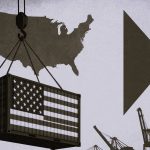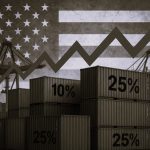

The pandemic changed where and how we work and live as a country as well as where and how we vote.

By Dr. Sheila Lakshmi Steinberg
Professor of GIS, Social and Environmental Sciences
University of Massachusetts Global, Irvine
Pandemic-driven mobility patterns are challenging our traditional understanding of the urban and rural voting blocs and our perceptions of who lives in these areas. Some regions grew and others declined as some fled high-priced, high-density urban environments for more affordable, lower-density communities.
For example, the population in Phoenix grew by 13,224 in 2020–202. Meanwhile, North Las Vegas gained 9,917 new residents. Two of the top five cities that gained the largest populations during the pandemic—North Las Vegas and Phoenix—are located in states that are still counting votes.
Three days after the election with 80% of the votes counted in Arizona, Democratic candidate Mark Kelly is ahead 51.7% to Republican candidate Blake Masters, who has 46.1%. Meanwhile, in the Nevada Senate race three days after the election with 88% of votes in, it’s neck and neck, with Republican candidate Adam Laxalt with 49% of the vote to Democrat Catherine Cortez Masto with 48% of the vote. With such close margins, there is now an intense focus on the location of the outstanding ballots.
During the COVID pandemic, significant numbers of voters began to move within the country. Remote work gave them the opportunity to move to new, more affordable communities so long as they had a good internet connection. The U.S. Census, in collaboration with the Annual Business Survey (ABS), found that from 2019 to 2020, the percentage of businesses that had employees working from home increased from 28.1 to 41.9%.
READ ENTIRE ARTICLE AT FORTUNE






